Let’s be honest—“I haven’t heard from you” is one of the most overused phrases in follow-up emails. And guess what? It’s also one of the easiest to ignore.
A recent Backlinko study found that the average reply rate for cold emails is just 8.5%, and generic phrases like this aren’t helping. Careful phrasing can make your follow-up emails more effective and less likely to be ignored.
If you’re tired of sounding like a robot—or worse, being ghosted—you’re in the right place to learn about quick follow up strategies.
This guide will show you how to follow up like a pro without being annoying. Let’s make your next email the one they actually respond to.
Why "I Haven’t Heard from You" Needs a Rethink
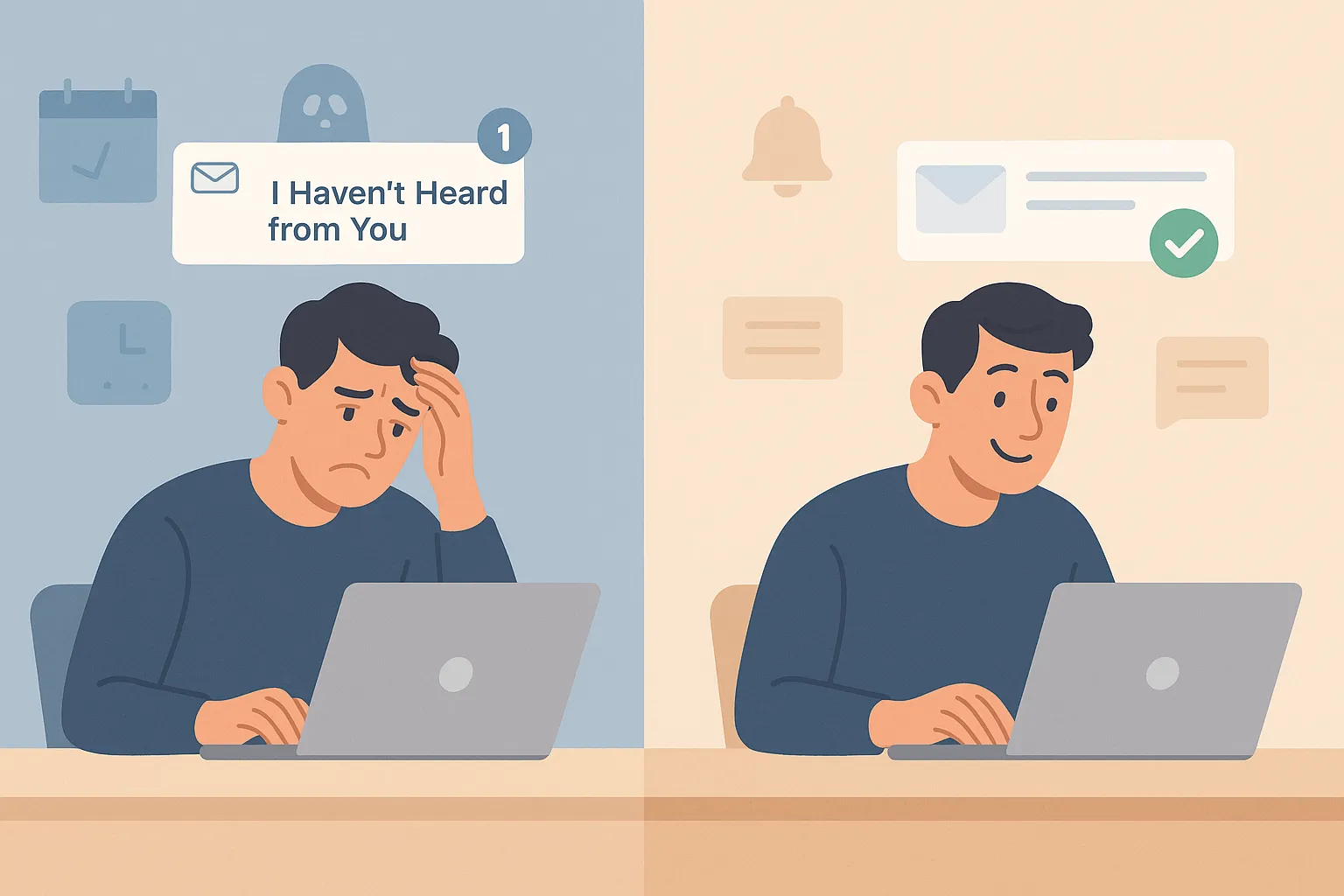
Using the phrase “I haven’t heard from you” in follow-up emails might seem harmless, but it often hurts your response rates and can also sound accusatory.
People are busy. Businesses often rely on effective follow-up strategies to maintain communication and foster trust. Emails get buried. And this phrase can sound passive aggressive, even if you don’t mean it that way. That’s why you need better ways to follow up in business.
Instead of pushing, try to check in with a polite greeting and clear message. Here’s why it’s time to update your follow-up:
Problems with “I Haven’t Heard from You”:
- It puts the blame on the person receiving the email
- It may get caught in spam filters or be ignored
- It doesn’t offer new info or a clear call to action
- It sounds cold, especially in cold emails
Is 'I Haven't Heard From You' or 'I Haven't Heard Back From You' Correct?
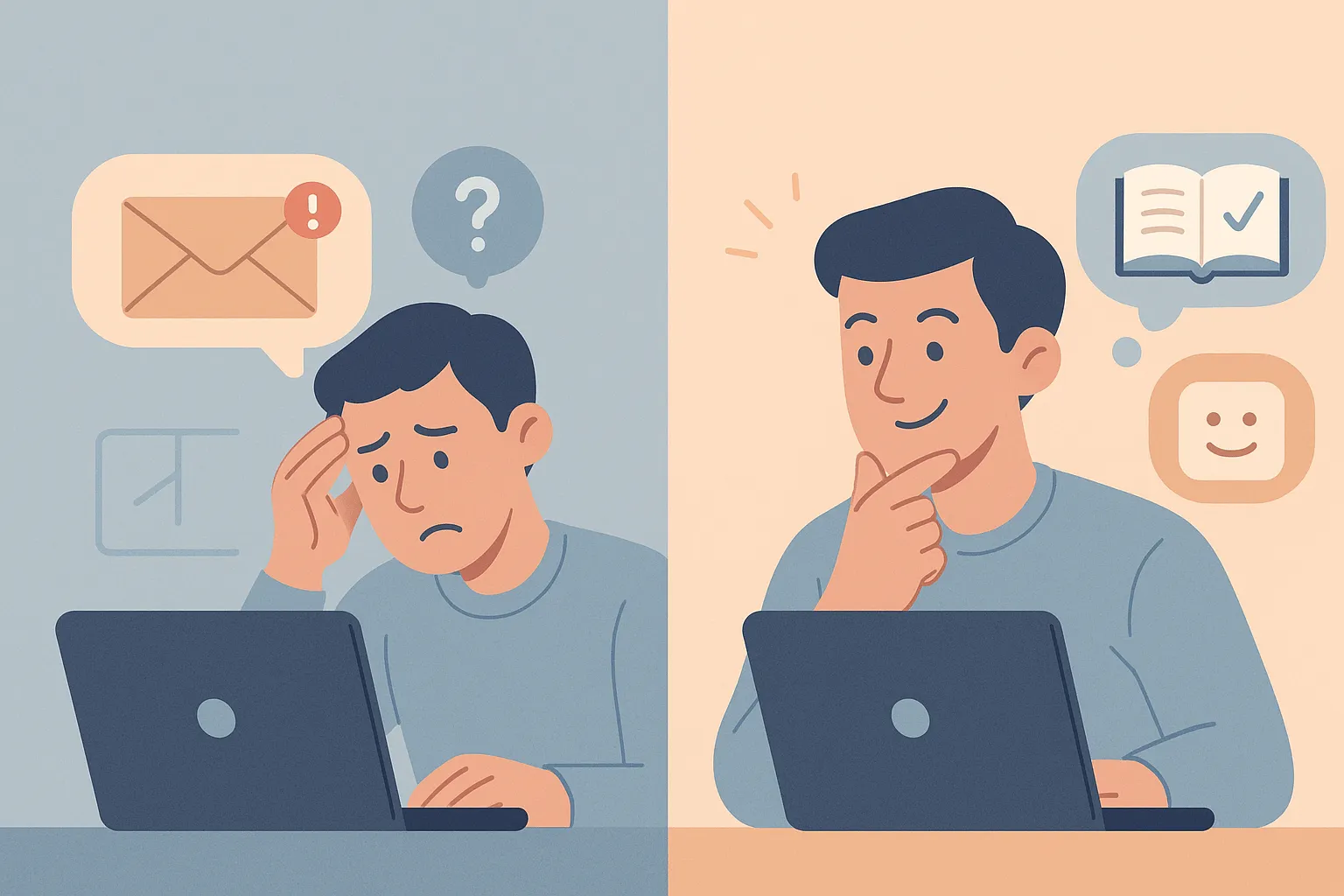
Both phrases are commonly used, but they’re not exactly the same. “I haven’t heard from you” is slightly more formal way of addressing someone. “I haven’t heard back from you” is often used when you’re following up on a previous communication or initial email.
Here’s the catch: neither sounds great in a polite follow up email. These phrases can feel cold or passive aggressive, especially if you’ve sent multiple emails. Instead, try:
- “Just checking in to see if my message came through.”
- “Wanted to briefly recap my last note in case it got lost.”
Use a tone friendly approach to get better response rates—and more replies, suggesting a quick chat if possible.
How to Use 'I Haven't Heard From You' in Cold Emails

Using “I haven’t heard from you” in cold emails can be risky. In cold outreach, you’re writing to someone who doesn’t know you yet.
If your message sounds pushy, they may ignore or delete it. That’s why you need a polite follow up email with a friendly tone. And yes, your subject line matters too if you’re looking for a quick response.
Instead of sounding passive aggressive, use lines that feel warm and human, especially for time sensitive matters.
Here’s how to write better cold emails that reference your first message :
- Use a clear call to action like “Would you be open to a quick call?”
- Add a briefly recap of your initial email to remind them why you reached out.
- Mention further information you can share, not just “checking in.”
- Try: “Just wanted to follow up on my last note in case it got buried.”
- Avoid phrases like “I haven’t heard from you” too early—wait until at least your second or third message.
- Consider waiting a reasonable amount of time before sending a follow up, as immediate follow-ups can seem impatient.
If it’s time-sensitive, mention that you’d appreciate an immediate response. You can also use a phrase like "just wanted to touch base" in your follow-up as a softer alternative.
Polite Follow-Up Email Phrases That Work
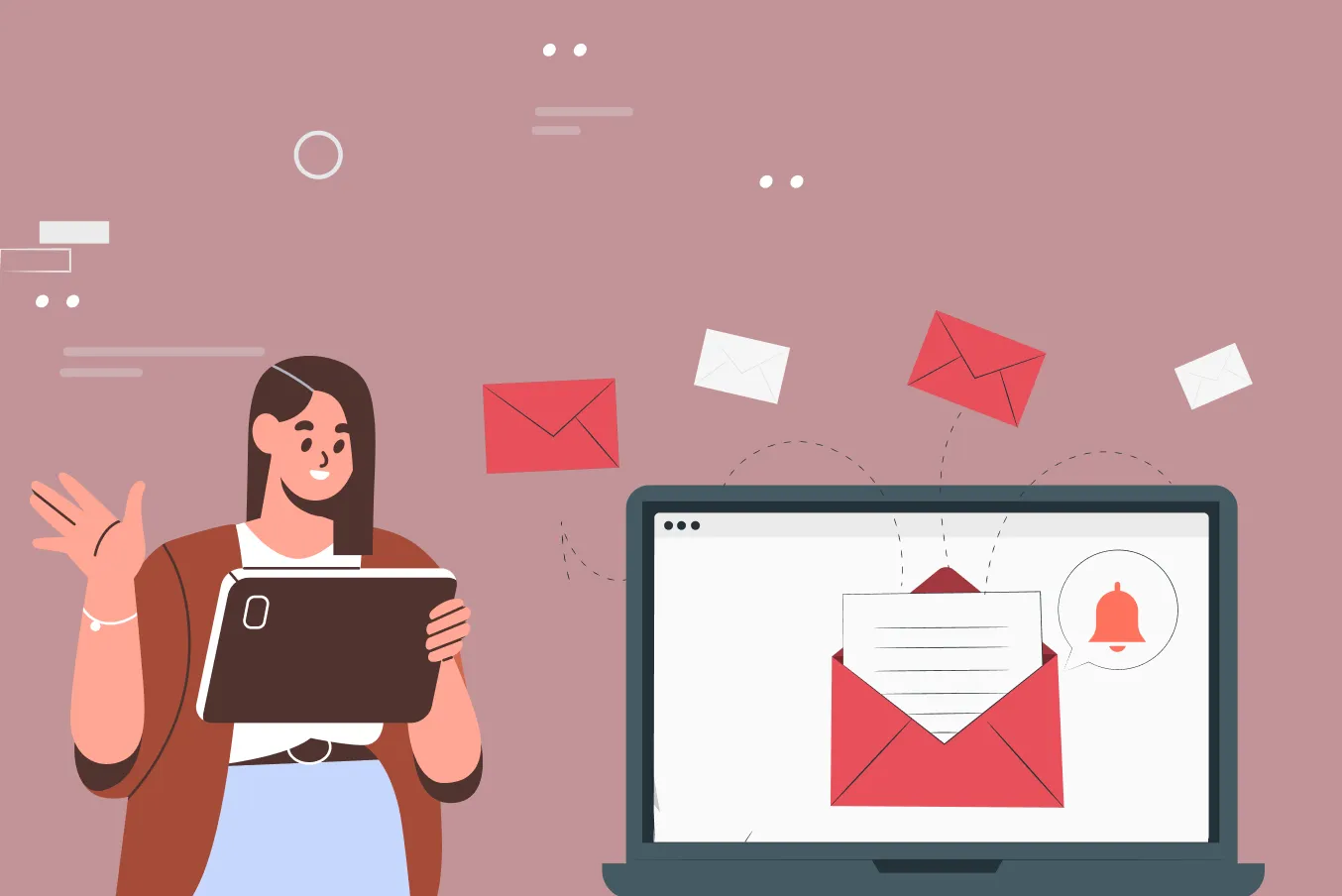
Follow Up Email Templates You Can Steal
1. Follow-Up After No Response to Initial Email
2. Re-Engaging After a Few Months of Silence
3. Gentle Reminder for a Project Proposal
4. When You’re Not Sure You’re Reaching the Right Person
5. After Multiple Emails with No Reply
How to Write Follow Up Emails That Get Responses
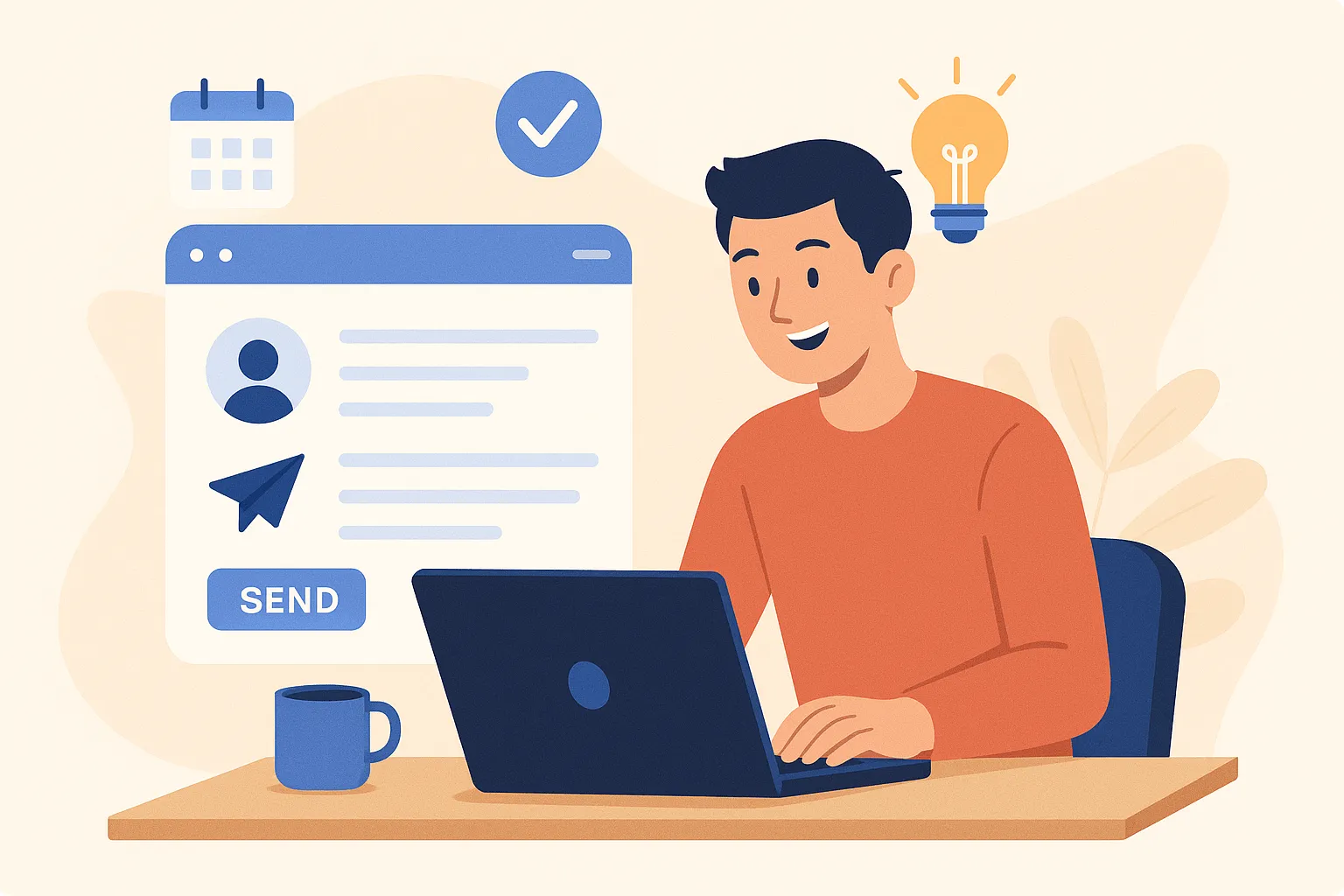
When writing follow-up emails, keep your message concise and to the point. Personalize your email by referencing previous conversations or shared interests.
Always include a clear call to action, such as suggesting a quick chat if possible. Offering to talk briefly can help clarify any questions and move the process forward.
1. Start with a Clear Subject Line
Your subject line decides if your email gets opened or ignored. So make it simple and helpful.
Good examples:
- “Quick check-in on our conversation last week”
- “Following up: [Project/Proposal Name]”
Avoid vague lines like “Just checking in”—they don’t say what the email is about. A compelling subject line also helps avoid spam filters. Tools like Mailmodo found that personalized subject lines can boost open rates by 22%.
Keep it short—5 to 7 words is enough.
2. Open with Context and Purpose
Start by reminding the reader why you’re emailing. Don’t assume they remember your initial message or previous email. People are busy and may have missed it.
Say this:
- “I sent a note earlier about our demo request—just following up in case you missed it.”
- “Last week, I reached out about [topic]. I wanted to share a quick update.”
This approach shows respect for their time and avoids sounding like you're just chasing replies. It also creates a natural flow into your follow up message.
3. Briefly Recap Without Rewriting Your Whole Email
Don’t resend your entire original message. Instead, briefly recap the key points. This helps the reader without making them scroll. Be sure to briefly recap your original email instead of repeating the same lines.
Example: “To recap, I shared a quick overview of our pricing options and offered a quick call to explain more.”
Keep it short—2 to 3 lines max. Add any further information only if it's helpful.
Also, include a clear call to action, like:
- “Would you be open to a 10-minute chat this week?”
- “Let me know if you need anything else to decide.”
4. Be Polite and Friendly, Not Pushy
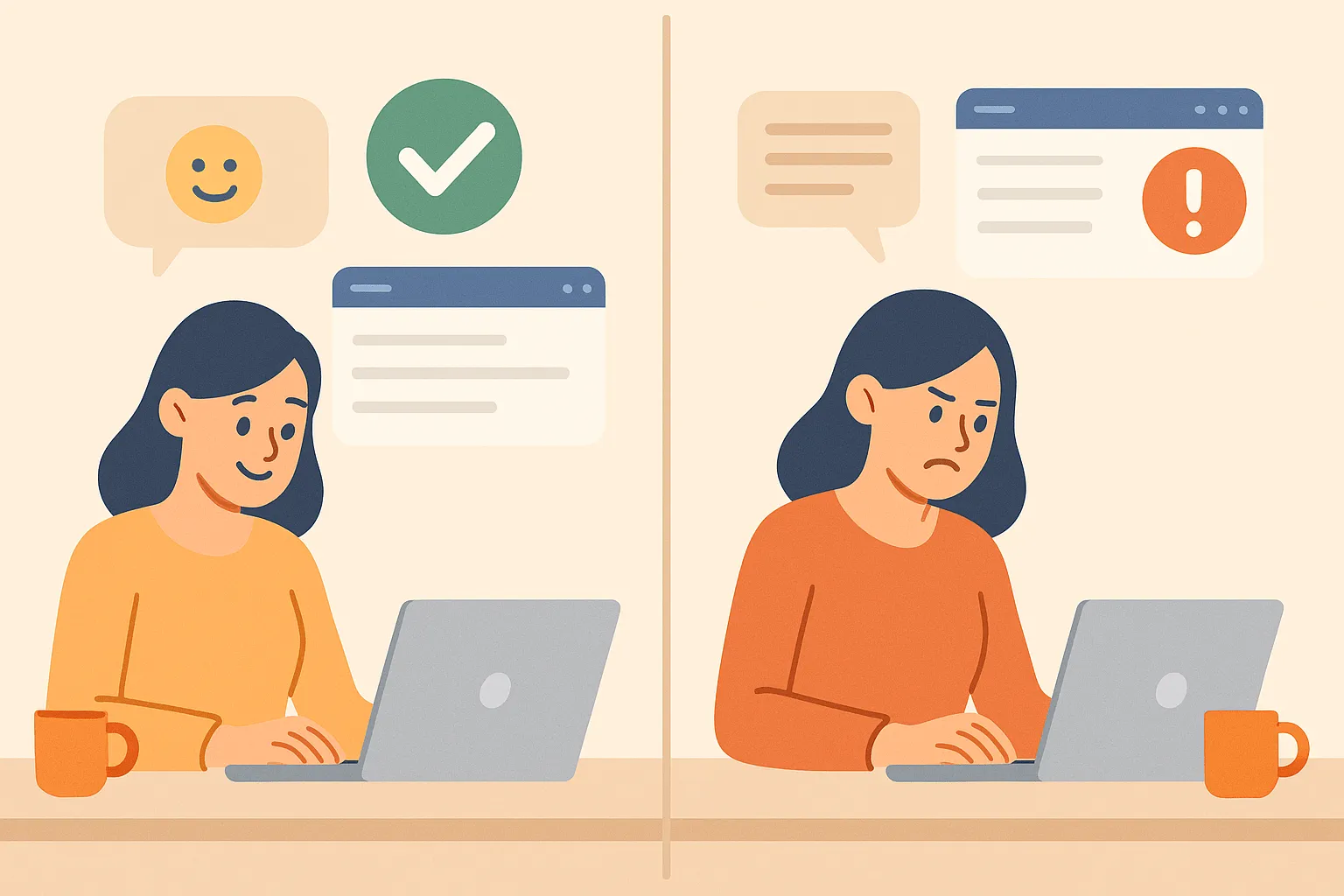
It’s tempting to say “I haven’t heard from you” when someone doesn’t respond. But that can feel like blame—even if you don’t mean it that way. If your follow up emails sound cold or annoyed, you’ll lose your chance for a reply.
Instead, try a polite greeting and a tone that shows you completely understand they might be busy.
Use friendly lines like:
- “Just checking in—no rush at all.”
- “Hope this reached the right person.”
- “Totally understand if now’s not a convenient time.”
When your message feels warm and human, people are more likely to read and respond. According to HubSpot, emails written in a tone friendly style get 17% more replies.
5. Add a Clear Call to Action (CTA)
Don’t make the reader guess what to do next. Every follow up message should have a clear call to action—something simple and easy to answer.
Examples of strong CTAs:
- “Would you be open to a quick call this week?”
- “Let me know if you’d like me to resend the original message.”
- “Can I send over the full project proposal for review?”
Make sure your CTA is short, specific, and respectful. Avoid sounding like you're giving a task. Instead, offer a helpful next step.
6. Mention the Value or Outcome
Now, give them a reason to care. Instead of repeating “just following up,” briefly recap the benefit of replying. Show them what’s in it for them.
Try lines like:
- “This could help your team save time on client follow-ups.”
- “I’m happy to send further information if that helps your decision.”
- “It’s a quick fix that could improve your response rates by 20%.”
People are busy. If they see value, they’re more likely to act—especially when the email sounds like it’s written for potential clients, not robots.
7. Keep It Short to Save Time
No one likes reading long emails—especially busy people. If your follow up emails feel like a wall of text, chances are they’ll get skipped. A short, clear message respects their time and helps you stand out.
Here’s how to save time and still get your point across:
- Stick to 3–4 short sentences.
- Quickly recap the previous message.
- Add your ask (for a quick call or response).
- Mention the value or outcome they’ll get.
For example: “Hi [Name], I’m just checking in because I haven’t heard from you, and I wanted to provide context about the project proposal I sent over last week. I sent over the project proposal last week and wanted to briefly recap the main benefits. Would love to schedule a quick call if now’s a convenient time.”
Pro Tip: Use bullet points if you need to list key points. It’s easier to scan.
8. End with a Polite Sign Off
A friendly ending makes a big difference. It shows tone friendly, adds warmth, and makes your message feel human.
Try these sign off lines:
- Best regards,
- Looking forward to your reply,
- Hope to hear back soon,
- Let me know if you need further information.
And avoid anything that feels passive aggressive like: “Since you’re not replying…” ❌
Make sure your polite follow up email ends with your name, contact info, and one last reminder of why it matters.
Here’s a simple closer: “Thanks for your time! Please let me know if this is the right person to speak with, or if I should follow up with someone else.”
Best Ways to Reference a Previous Email (Without Sounding Repetitive)
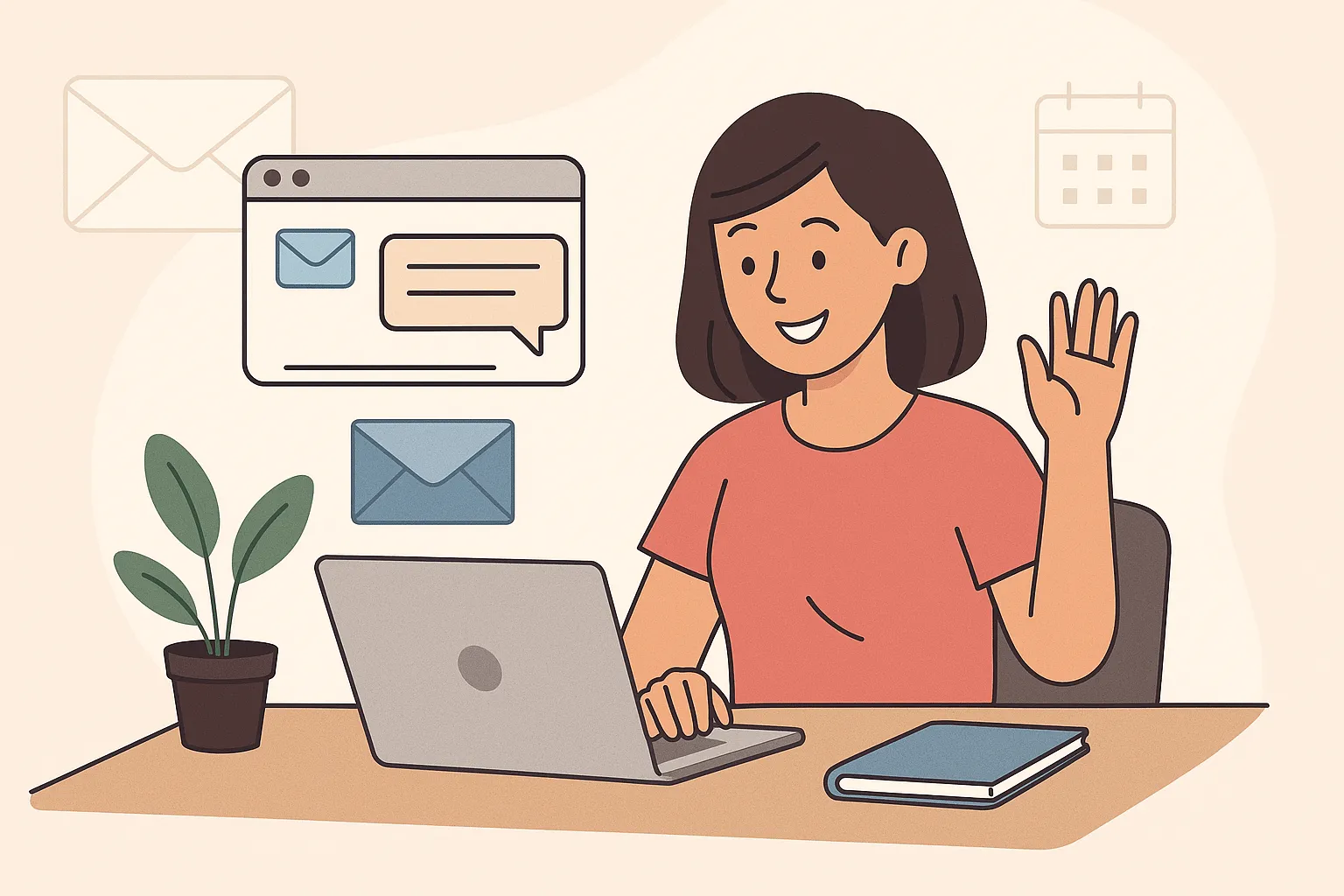
1. Soft Reminder Phrases
- “Just following up on the email I sent last [day]…”
- “I wanted to check in on the message I shared earlier regarding…”
- “Circling back on my earlier note in case it got lost in your inbox.”
2. Subtle Mentions of the Original Message
- “As mentioned in my previous email, I’m reaching out about…”
- “I sent over some thoughts last week and would love to get your input.”
- “In case my last message didn’t come through clearly, here’s a quick recap…”
3. Rephrased & Friendly Follow-Ups
- “Not sure if you had a chance to review my earlier email, so I thought I’d resend it below.”
- “I know inboxes get hectic—just checking in to bring this back to the top of your list.”
- “Wanted to quickly revisit our last conversation on [topic].”
4. When You’re Being Direct But Still Kind
Here are some alternatives to "looking forward to hearing from you":
- “I’m following up on my email from [date] and hoping to hear your thoughts soon.”
- “I understand things get busy, but I’d appreciate any update when convenient.”
5. Stronger Alternatives to ‘Previous Message’ for Better Results
- “Just following up on my earlier email about the proposal we discussed…”
- “I wanted to check in regarding the note I sent last week—have you had a chance to review it?”
What to Say When You’ve Sent Multiple Emails
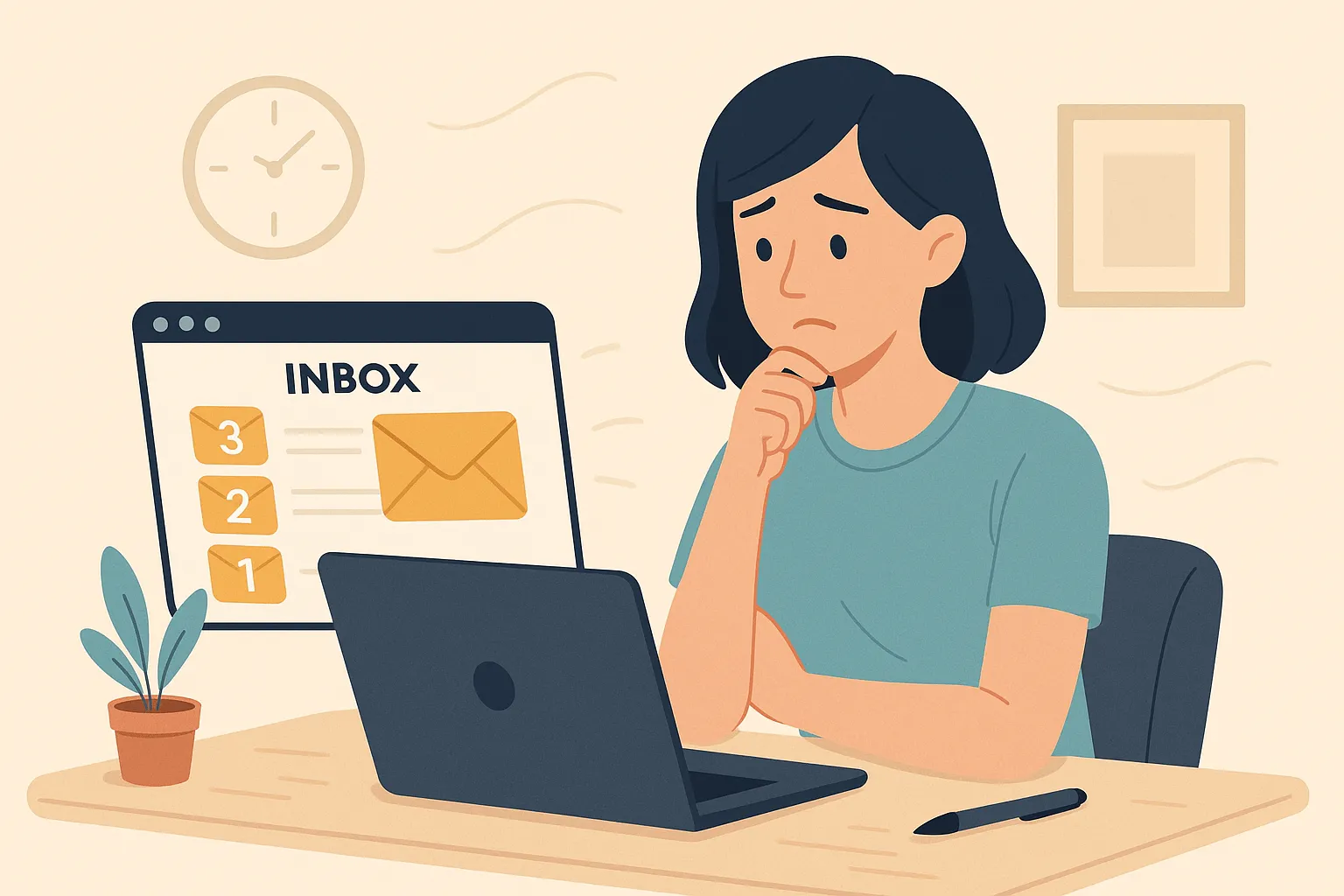
If you’ve sent several emails and still haven’t received a response, it can be frustrating. Sometimes, clients are evaluating multiple companies before making a decision, which can explain delays in their replies. It’s important to remain professional and persistent without being pushy.
1. Acknowledge Without Pressure
- “I know I’ve followed up a few times—I totally understand if now’s not the right time.”
- “Just looping back one last time in case this slipped through the cracks.”
- “I’ve reached out a few times, so I’ll go ahead and close the loop unless I hear otherwise.”
2. Give Them a Way Out or a Timeline
- “If this isn’t a priority right now, I’d be happy to revisit later.”
- “Let me know if you’d prefer I circle back in a few weeks.”
3. Show Understanding & Keep the Tone Friendly
- “No worries if this isn’t a fit—just let me know either way so I don’t keep bothering you.”
- “I completely understand if things are hectic. I’ll pause here unless I hear back.”
4. When You Still Want to Leave the Door Open
- “Happy to reconnect when the timing is better—feel free to reach out anytime.”
- “If I’m not reaching the right person, I’d really appreciate being pointed in the right direction.”
How to Use ‘Just Checking In’ Without Sounding Generic

When you reach out with a “just checking in” message, it’s important to make your check-in purposeful and relevant to the recipient.
Ongoing talking with clients or prospects helps maintain open communication and builds stronger relationships. This approach ensures your outreach feels genuine and keeps the conversation moving forward.
1. Always Add a Purpose to the Phrase
If you're going to check in, make it count. Don't just say, “just checking in”—tell the person why.
Instead of: “Just checking in on my last email.”
Try: “I wanted to follow up on the project proposal we discussed to see if you need further information.”
This shows:
- You respect their time.
- You have a reason to reach out.
- You’re offering value.
People are more likely to respond when the message is clear and helpful.
2. Mention the Value or Benefit to Them
When you send a follow up email, always show what's in it for them.
For example: “I’m checking in to share a new update that could help save time on your current campaign.”
Other tips:
- Mention a quick call if it fits their schedule.
- Highlight how this helps potential clients or their team.
- Add a clear call to action like, “Would you be open to a brief chat this week?”
You’re not just checking in. You’re making their life easier.
3. Rephrase to Avoid Repetition

Saying “just checking in” in every email? Time to mix it up.
Try these instead:
- “I haven’t heard from you, so I wanted to double check if my last message came through.”
- “Wanted to briefly recap our conversation and see if we’re still aligned.”
Other strong phrases:
- “Circling back on the initial email I sent.”
- “Following up regarding our last meeting schedule.”
- “Touching base in case my original message was missed.”
Keep your tone friendly, your ask simple, and your subject line clear.
4. Make It Feel Personal, Not Canned
Don’t send the same message to everyone. A cold email with no personal touch feels robotic. People ignore it.
If you write, "I haven't heard from you since our initial email," add a quick recap or detail from your last conversation. It shows you remember them.
Try this:
- “I haven’t heard back after our last chat about the project proposal. Just wanted to double check if you had any further information you needed from me.”
- Mention their company name or something specific they said earlier.
This way, your follow up message feels real, not automated. That way, your follow-up makes more sense and feels personal, not automated.
5. Keep It Friendly but Professional
Sounding too formal? People might skip your email. Too casual? You may seem unprofessional.
Stay in the middle. Use a polite greeting, add a clear call, and sign off with warmth.
Example structure:
- “Hi [Name],”
- “Hope you're doing well. Just checking in to see if you had time to review my initial message.”
- “Looking forward to your response. Best regards, [Your Name]”
You can still be friendly and stick to a considerate tone.
6. Don’t Overuse the Phrase
Saying "just checking in" in every email gets boring. It’s better to change it up.
You can say:
- “Following up on my previous message...”
- “Wanted to see if it’s a convenient time to chat…”
Avoid sending multiple emails too close together. It can sound passive aggressive or even trigger spam filters.
Stick to 1–2 polite follow up emails spaced over a few weeks. That improves your response rates without annoying your potential clients.
Conclusion
If you’re thinking “I haven’t heard from you,” don’t panic. Just send a polite first follow up email with a clear call and a friendly sign off. Avoid sending too many follow ups. Make sure your subject line doesn’t trigger spam filters. And always double check your message before hitting send. That way, you’ll get better response rates—without sounding pushy.

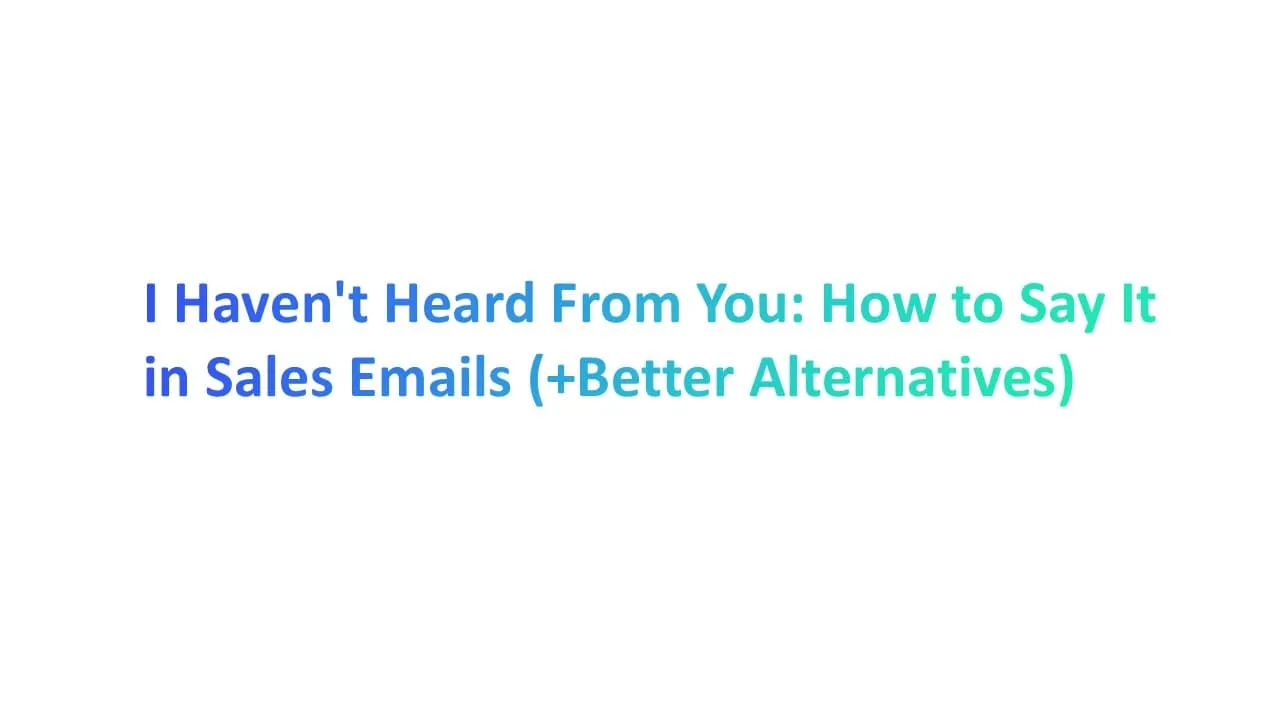



.webp)


